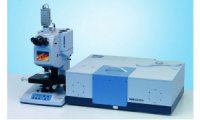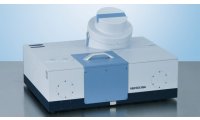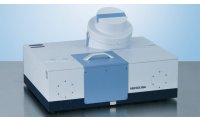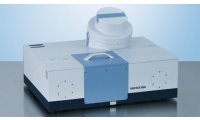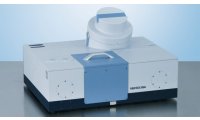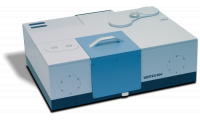
诚信认证:
工商注册信息已核实! 扫一扫即可访问手机版展台
扫一扫即可访问手机版展台

表面科学/超高真空腔室(UHV)联用
| 领域: | 其它 | ||
| 样品: | 表面科学/超高真空腔室(UHV)联用 | 项目: | 表面科学/超高真空腔室(UHV)联用 |
| 参考: | 表面科学/超高真空腔室(UHV)联用 | ||
| 方案文件名 | 下载 |
|---|---|
表面科学/超高真空腔室(UHV)联用 |
下载此篇方案 |
Introduction
The fundamental advantage of using FT-IR spectroscopy in
vacuum is to avoid the absorption of atmospheric moisture and other gas species (CO2). Vacuum spectrometers
provide a better stability and reproducibility in comparison
to the dry air/nitrogen purged spectrometers. Furthermore,
the UHV adaption allows IR characterization of samples
that have to be prepared and stored under UHV conditions
without sample-transfer in air, and therefore enables the
closely combination of FT-IR technique with other UHV
experimental methods.
The amount of defects on an oxide surface is crucial for its
catalytic activity. To understand the role of the defects in
particular is the precondition for investigating numerous
catalytic reactions in details. Recently, the oxygen defects
on titanium dioxide (TiO2) have been considered using
scanning tunneling microscopy (STM) combined with
density functional theory (DFT) calculations. Unfortunately,
many standard experimental techniques in this research
field can only be applied to single crystalline oxides in a
straightforward fashion, but not to powders or nanoparticles, which is the technologically most important form
of oxide materials. In contrast, FT-IR spectroscopy is not
limited to the single crystalline phase only, but can also be

